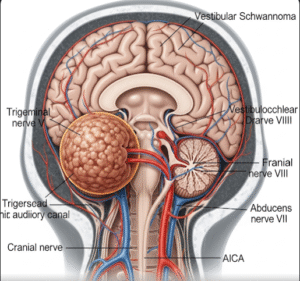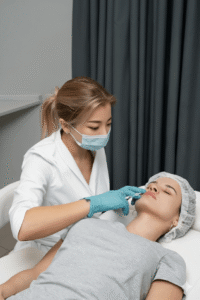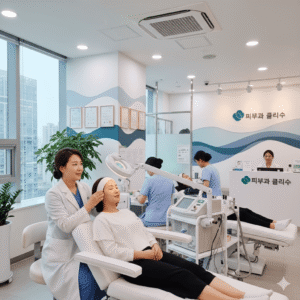Overview
Achilles tendinitis is an overuse injury of the Achilles tendon, the thick band of tissue that connects the calf muscles to the heel bone. It typically occurs in runners, athletes, and people who suddenly increase the intensity or duration of physical activity. While it can often be managed with rest and physical therapy, if left untreated, Achilles tendinitis can lead to tendon rupture or chronic pain.
What is Achilles Tendinitis?
Achilles tendinitis is inflammation, irritation, or degeneration of the Achilles tendon. This tendon is the strongest and largest in the body and plays a vital role in walking, running, and jumping. The condition can be acute (sudden onset) or chronic (long-term), and is most common in active adults aged 30–50.
There are two types:
- Non-insertional Achilles Tendinitis: Affects the middle portion of the tendon and is common in younger, active people.
- Insertional Achilles Tendinitis: Affects the lower part of the tendon where it attaches to the heel bone, common in both active and sedentary individuals.
Symptoms
- Pain and stiffness along the Achilles tendon, especially in the morning
- Swelling or thickening in the tendon area
- Pain that worsens with activity or after exercise
- Tenderness when touching or moving the tendon
- Limited range of motion in the ankle
- A creaking or crackling sound (crepitus) when the tendon is moved
- A visible lump or bump in the tendon (in chronic cases)
Causes
Achilles tendinitis is usually caused by repetitive stress or overuse, particularly from:
- Sudden increase in exercise intensity or duration
- Tight calf muscles or poor flexibility
- Inadequate warm-up or improper training techniques
- Wearing unsupportive or worn-out footwear
- Running on hard or uneven surfaces
- Flat feet or high arches
- Age-related degeneration
Risk Factors
- Age: Risk increases with age due to decreased tendon elasticity
- Gender: More common in men
- Physical activity: Especially running, jumping, and sports like tennis or basketball
- Improper footwear: Lack of cushioning or arch support
- Medical conditions: Obesity, high blood pressure, diabetes
- Use of certain medications: Such as fluoroquinolone antibiotics or corticosteroids
Complications
If untreated or improperly managed, Achilles tendinitis may lead to:
- Tendon rupture: A partial or complete tear, often requiring surgery
- Chronic tendonitis or tendinosis: Long-term pain and thickening
- Limited mobility: Reduced ability to walk, run, or perform physical activity
- Recurring flare-ups: Especially if physical activity resumes too soon
Prevention
- Warm up properly before exercising
- Stretch calf muscles regularly to maintain flexibility
- Increase activity levels gradually
- Use proper footwear with adequate arch support and cushioning
- Avoid running on hard or uneven surfaces
- Cross-train with low-impact activities like swimming or cycling
- Strengthen lower leg muscles to reduce tendon stress
Treatment Options Korea
1. Conservative Treatments
- Rest, Ice, Compression, Elevation (RICE)
- NSAIDs (e.g., ibuprofen) for pain & inflammation
- Heel lifts or orthotic insoles
- Physical therapy focusing on stretching and eccentric strengthening
2. Advanced Non-Surgical Therapies
- Extracorporeal Shock Wave Therapy (ESWT)
- Commonly available in sports medicine clinics
- Platelet-Rich Plasma (PRP) Injections
- Regenerative treatment gaining popularity in Korea
- Ultrasound-guided corticosteroid injections (used cautiously)
3. Surgical Treatment
- For chronic or severe cases unresponsive to conservative care
- Removal of damaged tendon tissue and tendon repair
- Available at orthopedic and sports medicine centers













